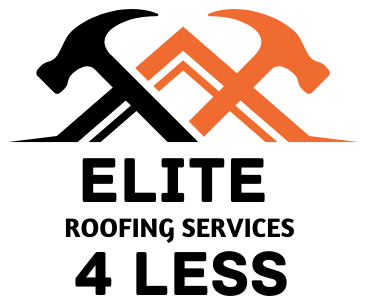Choosing the right roof cleaning method is essential for maintaining the condition and longevity of your roof. The two most common techniques are pressure washing and soft washing, each with its benefits and limitations. Understanding the differences can help you decide which approach best suits your roof type, dirt level, and long-term maintenance goals.
Understanding Pressure Washing for Roof Cleaning
Pressure washing uses high-pressure water to remove dirt, debris, and moss from the roof’s surface. It is effective for quickly blasting away accumulated grime and can be suitable for durable materials like metal roofs. However, for asphalt shingles, wood shakes, or tiles, the high pressure can cause damage by dislodging granules, cracking shingles, or stripping protective coatings. While pressure washing is powerful, it must be used cautiously to avoid compromising the roof’s integrity.
Exploring Soft Washing as a Safer Alternative
Soft washing relies on low-pressure water combined with specially formulated cleaning solutions to break down dirt, moss, and algae on the roof. This method is ideal for more delicate materials, such as asphalt shingles and clay tiles, as it minimizes the risk of damage. The biodegradable cleaning solutions used in soft washing help kill organic growth at the root, ensuring a longer-lasting clean. Soft washing is often recommended for most residential roof cleaning projects due to its gentle approach and effectiveness.
Comparing Long-Term Results and Maintenance Needs
When considering roof cleaning options, it’s important to look at long-term results and maintenance requirements. Pressure washing may offer immediate, visible results but can lead to quicker re-accumulation of moss or algae if it does not address the root cause. Soft washing, on the other hand, provides a more thorough cleaning that lasts longer because the cleaning agents kill the organisms causing the stains. This reduces the frequency of future cleanings, making soft washing a better choice for homeowners looking to extend the time between maintenance.
Evaluating Environmental Impact and Safety
The environmental impact and safety of roof cleaning methods are important factors to consider. Pressure washing relies solely on water force, which may seem eco-friendly, but it can contribute to erosion and runoff. Soft washing uses eco-friendly cleaning solutions that are biodegradable and less likely to harm plants, soil, or nearby water sources. Additionally, the low-pressure approach minimizes the risk of roof damage, promoting a safer and more sustainable cleaning process.
Learn more:
